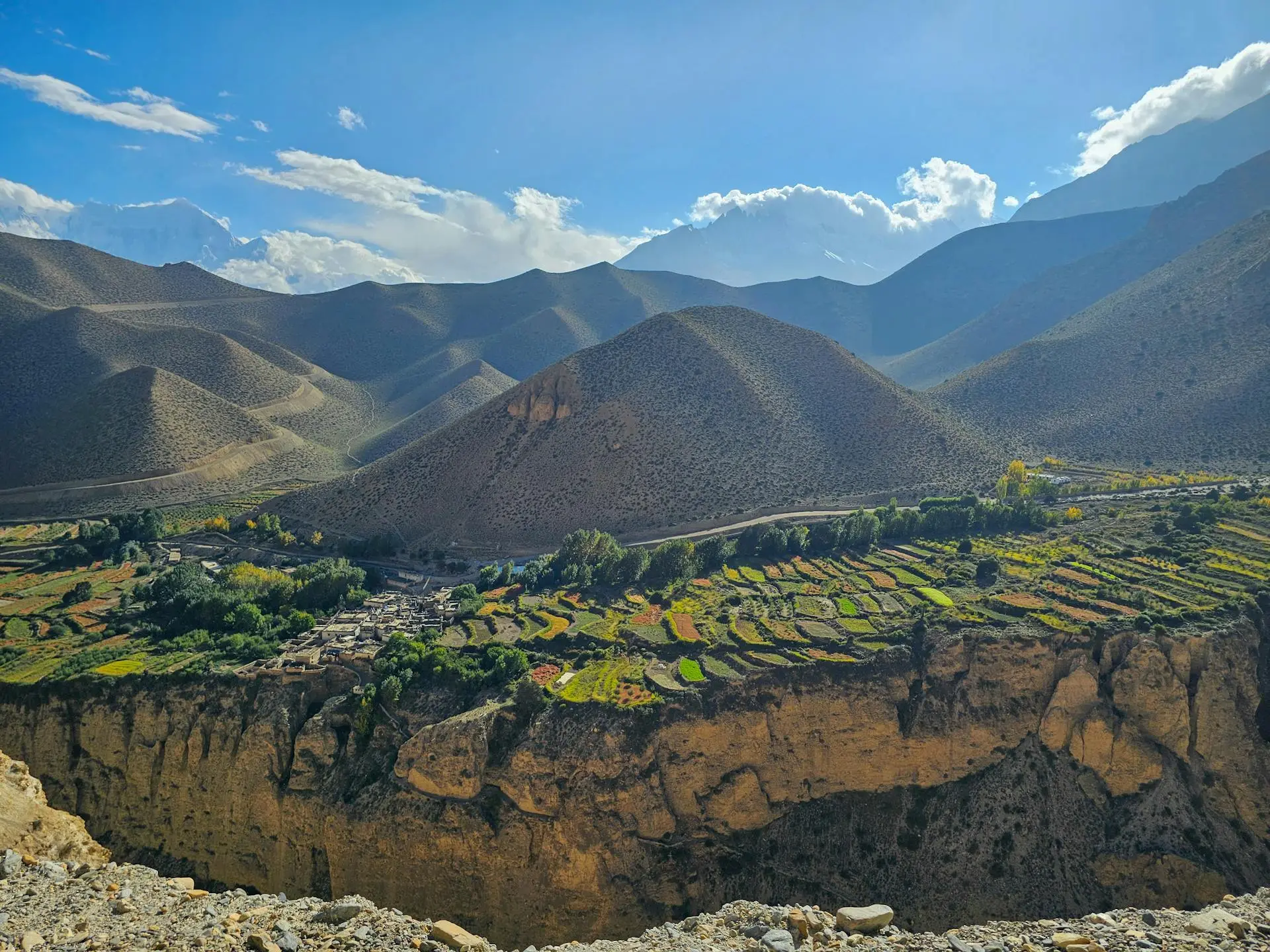Trip Info
-
Nepal
-
Easy
-
16 Days
-
Hotel, Lodge, Camp
-
2 - 15 People
-
March-May/Sep-Nov
-
3,840m
Overview
The Mustang Kingdom, located at the border of China’s Tibet Autonomous Region and Nepal, was once an autonomous kingdom of Nepal. Today, it is a district within the Dhaulagiri Zone of Nepal, situated between the Dolpo and Manang regions. Mustang stretches over 80 kilometers from north to south, with its narrowest width being 45 kilometers from east to west. The region is characterized by its dry climate, with annual precipitation ranging between 250 to 400 millimeters, decreasing from south to north. Covering an area of 3,571 square kilometers, Mustang is home to approximately 15,000 people, with an average elevation above 2,500 meters. The region shares its northern border with Tibet’s Zhongba and Saga counties.
Mustang’s principal river is the Gandaki River, which flows from the northeastern Himalayas towards the southwest, reaching Nepal’s Terai plains. A segment of this river is known as the Thak Khola Valley, one of the world’s deepest gorges, renowned globally. Historically, this valley served as a vital trade route between the Indian plains and the Himalayas, highlighting its significant strategic and economic importance. In ancient times, it was a key link between India and Tibet, with the salt trade being a major activity, where salt from Tibetan salt lakes was exchanged for grain from the Indian plains.
The inhabitants of Mustang are primarily of Tibetan, Gurung, and Thakali ethnicities. The Mustang Kingdom has a population exceeding 9,000, with three major towns and over 30 villages. Residents predominantly live in mountainous areas at elevations ranging from 2,000 to 3,000 meters. Due to seasonal changes, local pastoralists migrate between northern highland pastures and southern valleys to spend their summers and winters. Jomsom serves as the administrative center of Mustang and the location of Dzong Sampa, a regional administrative division equivalent to a county. Jomsom had a population of 5,363 as of 1998 and has developed economically since 1962. Since the 1970s, when the region was opened to tourism, Jomsom has become a popular tourist destination and even has a small airport, earning it the nickname “the last Shangri-La” due to its stunning scenery.
In the 1970s, tourism in Mustang was initially restricted to Nepalese citizens. However, in 1991 and 1992, the region began to allow foreign visitors, albeit under strict regulation. Foreign tourists require a permit to enter Mustang, with each foreign visitor needing to spend $500 for a 10-day visit. This strict regulation is due to Mustang’s sensitivity, given its border with Tibet, and its long history of isolation has preserved the local customs and landscapes almost unchanged for centuries.
Although Mustang was an autonomous region, it was historically known as the Mustang Kingdom, and it even had its own flag. Mustang was once an independent kingdom, albeit under the suzerainty of Lhasa. Between the 15th and 17th centuries, Mustang thrived due to its advantageous location along the Himalayan trade corridor, accumulating substantial wealth by controlling trade caravans passing through its territory. However, in the late 18th century, this small Buddhist kingdom was conquered by the Hindu Gurkha tribe and became part of the Gurkha-dominated Kingdom of Nepal, a status it retains to this day. The Mustang Kingdom’s territory was reduced to only the northernmost region of Lo Manthang following Nepal’s conquest, making it the only remaining kingdom within Nepal.
However, the kingdom no longer has a monarch. On October 7, 2008, the Nepalese government ordered the abolition of the Mustang King’s position in Lo Manthang, marking the end of the Mustang Kingdom. The last king, Jigme Palbar Bista, was born in 1930, and his lineage can be traced back to Ame Pal, a legendary Mustang tribal hero who established the monarchy in 1350.
Today, many foreign tourists visit Mustang due to its unique geographical location, distinctive landscapes, and the area’s rich history and culture, which make it different from other trekking routes in Nepal. Mustang is the only trekking route in Nepal that can be traversed during the rainy season (May to August), adding to its appeal with its preserved natural beauty and centuries-old architecture.

